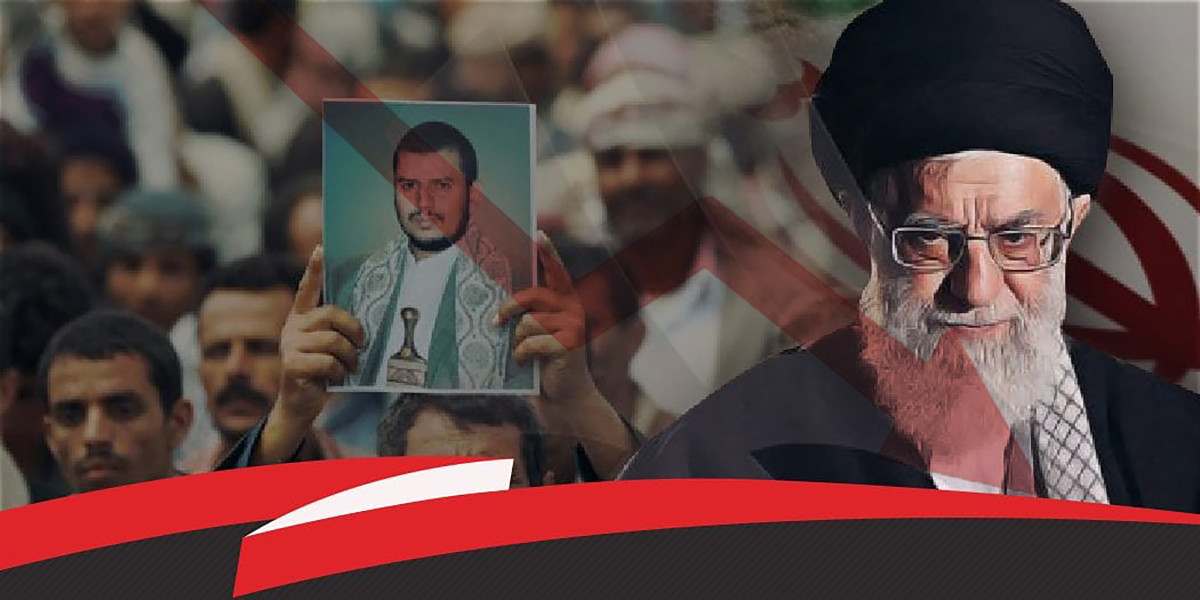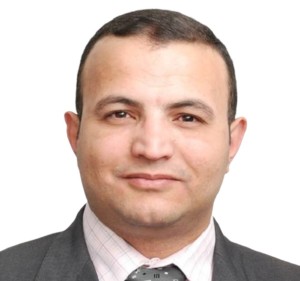Reflections of Pressure: Is Iranian Support for the Houthis Receding?
- 20 يوليو 2025


The statement issued by the Yemeni National Resistance Forces (Yemeni NRF) on July 17, 2025, announcing the interception of a vast consignment of Iranian weapons—estimated at nearly 750 tonnes of equipment and ammunition—en route to the Houthi militia's strongholds, underscores the intensifying regional and international efforts to curtail Iran’s expanding influence. These efforts appear to be gaining traction in the wake of several major setbacks suffered by Tehran in recent months, notably the collapse of the regime of former Syrian President Bashar al-Assad on December 8, 2024, the neutralisation of the bulk of Hezbollah’s military assets, and Iran’s direct military confrontation with both Israel and the United States during the period from June 13 to 24, 2025.
While the interception of Iranian weapons shipments intended for the Houthis is not a novel occurrence—various actors have previously seized similar cargoes—this latest development carries distinct weight and urgency. According to a statement by the United States Central Command, which commended the operation, the shipment in question represents the largest arms cache ever intercepted in the history of smuggling to the militia. This development suggests two key implications:
First, it may signal that Iran is, contrary to numerous prior assessments, now pursuing an escalation in the scale of military support extended to the Houthi militia.
Second, it suggests the likelihood of further such interceptions in the near future, particularly given the heightened regional and international focus on Yemen. This increased attention follows the Houthi operations in the Red Sea and Bab al-Mandab, which have posed direct threats to global trade and maritime navigation, consequences that have already been tangibly felt in several parts of the world.
Multiple Motivations
In light of the preceding analysis, it may be inferred that Iran is not currently inclined to reduce its support for the Houthi militia. Moreover, it is plausible that, despite the interception of specific arms shipments, Iran has succeeded in smuggling others into the militia’s strongholds. This suggests that the mounting pressures confronting Iran are unlikely to dissuade it from maintaining this policy, one that can be interpreted through the lens of several underlying motivations:
Israel and the United States claim to have delivered crippling blows to Iran’s nuclear programme, targeting three key reactors: Fordow, Isfahan, and Natanz. According to their statements, these strikes have either delayed the programme by several years or destroyed the bulk of its infrastructure. Concurrently, Israel contends it dismantled Iran’s air defence systems, neutralised senior figures in the Islamic Revolutionary Guard Corps (IRGC) and the military, and assassinated multiple nuclear scientists.
In contrast, Iran maintains that the attacks inflicted only limited damage and failed to dismantle its nuclear capabilities. Iranian officials assert that, prior to the onset of war, enriched uranium—particularly material enriched to 60%—had already been relocated from the targeted facilities to other secure nuclear sites. Furthermore, Iran responded with powerful missile strikes deep into Israeli territory, inflicting what it describes as unprecedented human and material losses.
Given these conflicting narratives, the potential for a renewed conflict remains high. Both Israel and the United States may pursue additional military operations, aimed not only at eradicating Iran’s remaining nuclear infrastructure but also at dismantling its missile capabilities.
Within this context, the strategic role of the Houthi militia becomes increasingly significant for Iran. While the group did not engage broadly or directly during the initial round of hostilities between Tehran and both Tel Aviv and Washington, this posture may shift in the event of renewed conflict, particularly if the next phase proves more intense and wide-ranging. This would suggest a scenario in which the Houthis assume a more direct and expansive role in a future war.
It has become increasingly evident that Iran is intent on sending continuous messages to both Israel and the United States that it has no intention of altering its course. This posture was evident in repeated declarations by the Supreme Leader, Ali Khamenei, who made a rare public appearance—his second since the conclusion of the war—on July 17, 2025, during a meeting with judiciary officials. In his remarks, he asserted that “Iran is capable of delivering strikes against the US and other countries that are far more severe than those launched during the war.”
Khamenei’s statement likely goes beyond issuing direct warnings to Washington and Tel Aviv regarding the high cost of any future conflict. Instead, it reaffirms Iran’s resolve to pursue its current strategic trajectory, whether about its nuclear and missile programmes or its ongoing backing of regional proxy forces.
Although tangible obstacles exist to supporting specific proxies—such as Hezbollah—due to Lebanon’s internal political constraints and Israel’s strict surveillance over its airspace and borders, the context differs significantly in the case of the Houthis.
Indeed, while arms shipments continue to be intercepted, this has not eliminated Iran’s ability to smuggle additional weaponry into Houthi-controlled areas. Furthermore, the militia’s grip on key facilities within Yemen enables both parties to sustain and facilitate the continuation of these smuggling operations.
From Iran’s perspective, such a move would yield immediate global ramifications—chiefly by driving a sharp rise in energy prices—given that approximately one-fifth of the world’s daily oil supply, around 20 million barrels, flows through the strait. Undoubtedly, these effects would be further magnified if Houthi threats to maritime commerce in the Red Sea were to escalate simultaneously, thereby bolstering Iran’s strategic leverage in any future military confrontation.
While numerous assessments suggest that Iran’s actual capacity to ignite a global economic crisis is limited—and that international powers maintaining a military presence in the Gulf would likely prevent Tehran from fully executing, or at the very least sustaining, such a strait closure—this has not deterred the Islamic Republic from continuing to wield this threat as a pressure tactic. Supporting this view are statements by certain Iranian officials indicating that the regime has completed a comprehensive review of the potential ramifications of this option, weighing both its prospective gains and its inherent risks.
Within this context, Iran appears to draw considerable reassurance from what it perceives as ambiguity, or perhaps disarray, in US policy. Tehran likely views this as an opportunity to fortify its position in Yemen and deepen its influence over the Houthi militia. This confidence may be further reinforced if Iran succeeds in negotiating a new agreement with the Trump administration regarding its nuclear programme.
In this regard, the prevailing vagueness and inconsistency in US strategic posture convey implicit signals to Iran: namely, that Washington does not regard Iranian influence in Yemen as a central threat, and that Tehran may continue expanding and entrenching its presence there, provided it refrains from posing a direct threat to American interests or military forces.
In Conclusion, it may ultimately be stated that Iran does not possess the “luxury” of retreating from its ongoing military support to the Houthi militia. Even in the event that new arms shipments are intercepted, such measures are unlikely to compel Tehran to abandon this course of action, particularly as the pursuit of external expansion remains a core pillar of the Islamic Republic’s governing doctrine, one that cannot be easily relinquished.
إخلاء للمسئولية: تعبّر وجهات النظر المذكورة عن آراء كاتبها ولا تعكس بالضرورة وجهات نظر المركز أو فريق العمل.
التعليقات